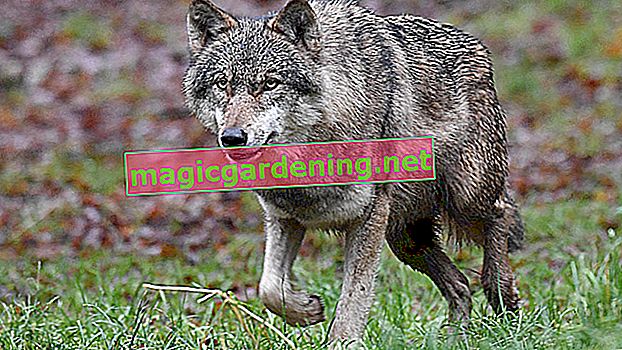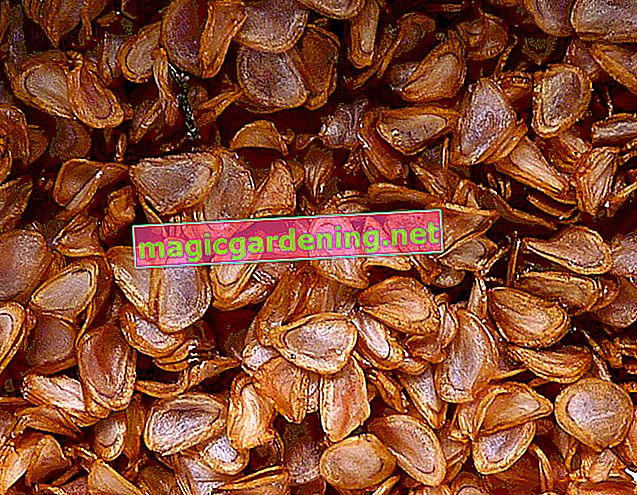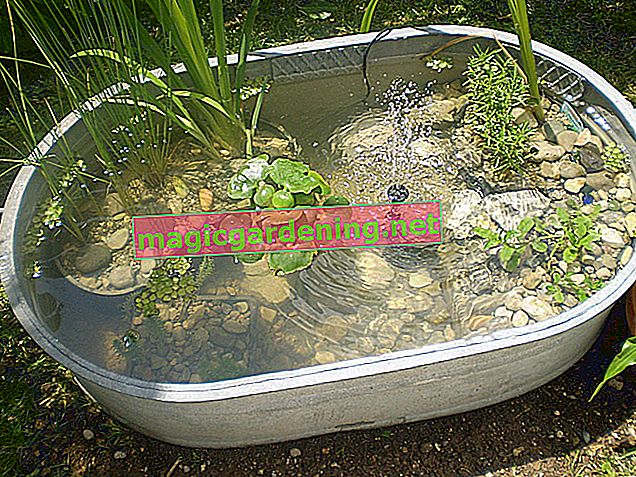
Harvesting continuously brings advantages
As a classic subshrub, sage grows woody in the lower part and herbaceous in the upper part. The fresh, herbaceous shoots that thrive every spring are suitable for consumption or for numerous other uses. If this part is not cut, the lignification will gradually take hold. Harvesting and cutting go hand in hand with this Mediterranean mint. The advantages at a glance:
- Continuous harvesting reduces the degree of lignification
- herbaceous shoot tips are animated to branch
- a rich yield is available for storage
also read
- Propagating sage - a practical guide
- Growing pineapples made easy - understandable instructions
- Drying sage gently - instructions and tips
If you harvest sage correctly according to these instructions, you will kill several birds with one stone. You can choose between fresh and preserved sage for the desired processing. At the same time, every harvest serves to maintain vitality and prevents excessive lignification.
Step-by-step instructions for beds and balconies
With the beginning of the vegetation period, the first fresh shoot tips appear in May at the latest and invite you to enjoy spicy pleasure. Now there is no stopping sage friends, because the time of harvest can begin. How to do it:
- Gently rinse off the herb plant in the afternoon of the previous day
- the next day wait until the dew has evaporated
- then cut off the herbaceous tips of the shoots in the late morning
- in no case cut into the lignified part
Anything you do not process fresh is used for storage. Sage is excellent for drying and freezing.
Harvest in premium quality shortly before flowering
Sage aims to flower from June. In the days before, the aroma content in the leaves is at its highest level, only to drop significantly afterwards. Now, at the latest, the plant should be harvested all around so that the first-class harvest quality is not lost. If the formation of seeds is not desired, experienced hobby gardeners cut off the inflorescences in connection with the harvest.
Last harvest in August
This year's harvest of sage ends in mid-August. Thanks to this care you protect the plant from winter damage, because all branches can ripen in time for the first forest. In addition, the remaining branches serve as effective winter protection.
Tips & Tricks
If a sage bush comes to bloom, the leaves are by no means lost for meaningful use. The aroma content is significantly reduced, but the valuable tannins and flavonoids are retained in the leaves. These components make a significant contribution to the fact that sage has been used as a medicinal plant for centuries.
GTH








